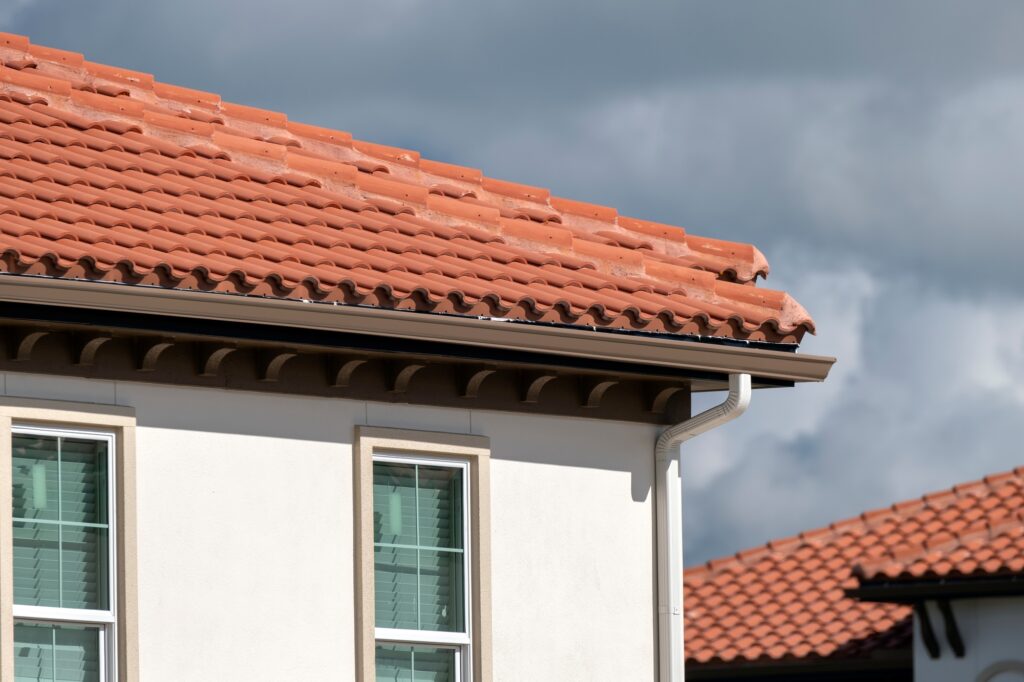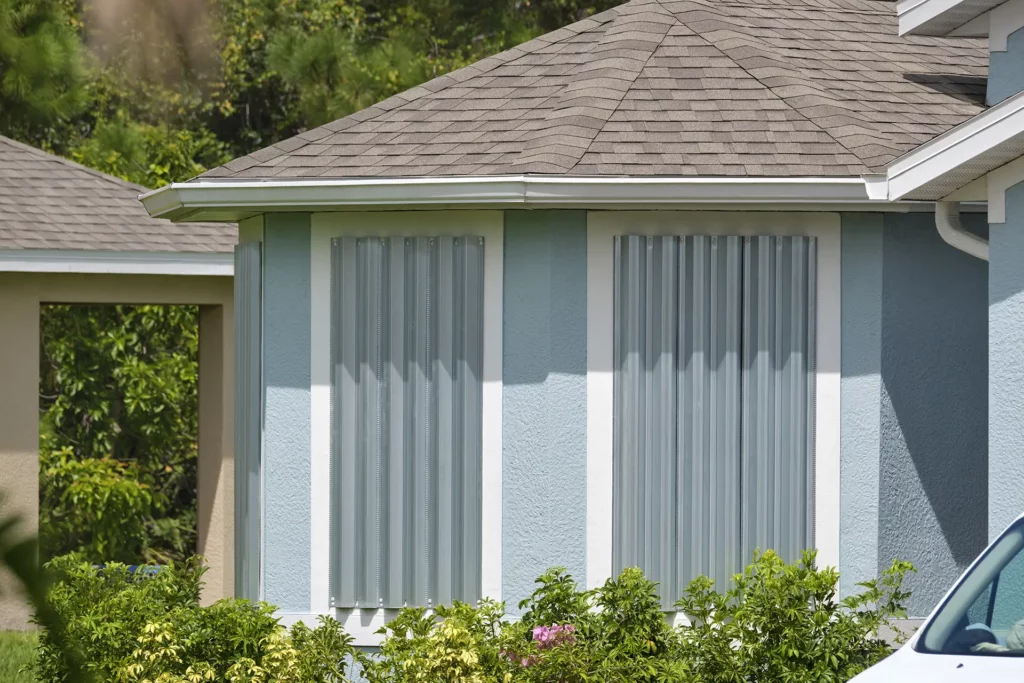When it comes to protecting your home, understanding flood zone insurance rates is a must—especially in a city like Fort Myers. Your property’s location on the FEMA flood map can significantly influence your insurance costs. High-risk zones often mean higher premiums, but there are options to help lower them. Let’s explore how flood zones impact your insurance and what you can do to protect your home and budget.
What Are Flood Zones?
Flood zones play a critical role in determining flood insurance requirements and costs. They are essentially labels placed on areas based on their risk of flooding. These designations are determined by FEMA (Federal Emergency Management Agency) and are part of the effort to guide homeowners in protecting their property. If you live in Fort Myers, understanding flood zones is especially important because of the area’s unique vulnerability to storms, rainfall, and hurricanes.
Definition of Flood Zones
A flood zone indicates the likelihood of flooding in a specific area. FEMA uses detailed maps to define these zones, referred to as Flood Insurance Rate Maps (FIRMs).
- High-risk areas are zones where flooding has a 1% or greater chance of occurring each year. These are also called Special Flood Hazard Areas (SFHAs).
- Moderate- to low-risk areas face a reduced chance of flooding, though risks still exist.
Living in a designated flood zone may require you to carry flood insurance, especially if you have a federally-backed mortgage.
Flood Zone Classifications
FEMA categorizes flood zones with labels such as A, AE, VE, and X. Each one indicates a specific level of flood risk:
- Zone AE – High-risk areas with detailed floodplain mapping.
- Zone VE – High-risk coastal areas exposed to wave risks from the ocean or gulf, common along Florida’s coastlines.
- Zone X – Areas with moderate to low flood risk.
For example, if your Fort Myers home is in Zone AE, you’re in an area that’s more likely to experience flooding. The classification doesn’t just affect your safety—it directly impacts your flood zone insurance rates.
How Flood Zones Are Determined
Flood zones are mapped to assess the risk of flooding in specific areas. FEMA uses scientific methods to calculate risks, considering factors like topography, weather patterns, and historical flood data. For homeowners in Fort Myers, where flooding can be a serious issue, this process has a direct impact on flood zone insurance rates. Understanding how these zones are determined can help you plan better for your property and finances.
Tools and Resources Used
Several tools and resources are used to determine flood zones:
- FEMA Flood Insurance Rate Maps (FIRMs) – These maps are the primary resource. FEMA uses them to divide areas into different zones based on flood risk.
- Local topography and elevation – Low-lying areas, often found in Southwest Florida, are at higher risk.
- Rainfall data and storm surge analysis – Historical records of rainfall, hurricanes, and coastal surge play a role in mapping flood zones.
- Hydraulic studies – Experts use technology to simulate how water flows in different conditions.
For example, homes along the Caloosahatchee River in Fort Myers might fall into higher-risk zones due to proximity to water and past flooding events.
Updates and Changes in Flood Zone Designations
Flood zone maps aren’t set in stone—they change over time. FEMA revises maps to account for new data, environmental changes, or urban development. These updates are particularly important in areas like Southwest Florida, where:
- Rising sea levels increase coastal flooding risk.
- Real estate growth leads to more development in flood-prone areas.
- Extreme weather patterns contribute to changes in flood behavior.
Sometimes, neighborhoods in Fort Myers might find themselves in a higher-risk zone due to updated maps. This could increase flood zone insurance rates for homeowners in those areas. Staying informed about these changes can help you prepare for potential cost shifts.
The Impact of Flood Zone Designation on Insurance Rates
Flood zone designations can significantly influence how much you pay for flood insurance. If your home is in a high-risk flood zone, flood zone insurance rates will likely be higher. For Fort Myers homeowners, understanding how these designations impact your wallet is essential because the area is prone to tropical storms, hurricanes, and heavy rainfall.
Why Flood Zone Matters for Insurance
The flood zone where your property is located helps insurers estimate the likelihood of a flooding event:
- High-risk zones (e.g., Zones AE and VE) – Homes in these areas are more likely to flood. Insurance companies charge higher premiums to offset the increased risk.
- Moderate- or low-risk zones (e.g., Zone X) – Properties in these zones enjoy lower rates since floods are less likely to occur.
If your home sits in a high-risk zone and has a federally-backed mortgage, flood insurance isn’t optional—it’s required by law. For example, homeowners in parts of Fort Myers Beach that fall in the VE zone often pay more than those inland in the X zone.
Examples of Premium Differences by Zone
Flood zone insurance rates vary widely based on location. Here’s a general breakdown to give you an idea:
- Zone X (low-risk): Annual flood insurance premiums in these zones often range from $100 to $500, depending on factors like coverage limits and deductibles.
- Zone AE (high-risk): Premiums usually fall between $800 and $1,200 per year. The elevation of your property plays a huge role in the final amount.
- Zone VE (coastal high-risk): Homeowners in these zones can see premiums reaching $2,000 or more due to the added risk of storm surge.
For instance, if your Fort Myers home is near Hurricane Bay or another coastal hotspot, being in a VE zone could lead to much steeper premiums. On the other hand, homes further inland might have significantly lower costs. Knowing where your property stands can help you prepare for these financial differences.
Special Considerations for Fort Myers, Florida
When it comes to flood zone insurance rates, Fort Myers has unique challenges that homeowners need to understand. Its location in Southwest Florida places it at higher risk for flooding due to tropical storms, hurricanes, and heavy rains. Being aware of these risks can help you better protect your home and manage your insurance costs.
Unique Risks in Southwest Florida
Fort Myers is no stranger to extreme weather and flooding. Here’s why the region faces greater risks:
- Hurricanes and tropical storms: Southwest Florida experiences frequent storms. Hurricane Ian in 2022 caused severe flooding, especially in coastal communities.
- Low-lying areas: Many neighborhoods in Fort Myers are below sea level or close to waterways, making them more prone to floods.
- Storm surge risks: Coastal areas like Sanibel Island and Fort Myers Beach are at greater risk of storm surges, which can cause catastrophic flooding.
If your property is in a flood-prone area, you’ll likely face higher flood zone insurance rates. Knowing this can help you plan ahead.
Recent Flood Events and Their Consequences
Flooding isn’t a distant possibility in Fort Myers. It has already happened, costing homeowners large amounts in damages and insurance hikes:
- Hurricane Ian (2022): Strong storm surges and record rainfall devastated the area. Floodwaters caused lasting damage to homes, roads, and infrastructure. Many homeowners saw their insurance premiums spike after this disaster.
- Hurricane Irma (2017): This Category 4 storm caused significant flooding in Fort Myers. Thousands of families had to rebuild, with some experiencing ongoing increases in flood zone insurance rates.
These events highlight the importance of understanding your flood risk and ensuring you have the right insurance coverage. Living in Fort Myers means adapting to these realities and staying informed about updates to flood zone maps that affect your rates.
Ways to Lower Your Flood Insurance Premiums
Paying for flood insurance can be a big expense, especially if you live in a high-risk area like Fort Myers. The good news is that there are steps you can take to lower your flood zone insurance rates. By making strategic changes to your property and exploring available discounts, you may reduce your costs significantly.
Mitigation Measures for Homeowners
Protecting your home from flooding isn’t just about peace of mind—it can also lower your insurance premiums. Here are some practical mitigation steps to consider:
- Elevate your home: Raising your home above the Base Flood Elevation (BFE) can lead to major savings. For every foot above the BFE, insurance premiums can be reduced by 30% or more.
- Install flood vents: These allow water to flow through the foundation, reducing pressure during a flood. This can lower your home’s risk and, in turn, reduce your flood zone insurance rates.
- Improve landscaping: Grading your yard to direct water away from your home helps prevent flooding. Adding features like rain gardens can also reduce runoff.
- Seal basements: Floodproofing your lower levels with water-resistant materials can minimize damage and show insurers you’re actively managing risks.
These steps not only protect your home but may make you eligible for discounts from your insurance provider.
Taking Advantage of Discounts and Programs
There are also programs and resources that can help Fort Myers homeowners reduce the cost of flood insurance:
- National Flood Insurance Program (NFIP): If your community participates in FEMA’s Community Rating System (CRS), you could receive a discount of up to 45%. Fort Myers and nearby towns often qualify for these reductions.
- Floodproofing grants: Local and federal grants may be available to help cover the cost of upgrades like elevating your home or adding flood barriers.
- Loyalty or bundle discounts: Some insurance companies offer reduced rates if you package your flood insurance with other policies, like homeowners or auto insurance.
- Policy adjustments: Adjusting deductibles can be a way to save. A higher deductible lowers your monthly premiums, though it’s important to consider what you could afford to pay out of pocket in an emergency.
Combining these measures with proactive steps to reduce your flood risk can result in noticeable savings over time. Whether it’s adding flood vents to your Fort Myers home or exploring available programs, it’s worth taking the time to save on flood zone insurance rates.
Checking and Updating Your Flood Zone Designation
Flood zones can change over time, and it’s important to stay updated on your property’s designation. Whether it’s due to new FEMA maps or environmental changes, your flood zone affects both your risk level and flood zone insurance rates. Here’s what homeowners in Fort Myers need to know about keeping track of their flood zone status.
How to Find Your Property’s Flood Zone
Finding your property’s flood zone doesn’t have to be complicated. Use these simple steps:
- Visit the FEMA Flood Map Service Center: This is FEMA’s official website for flood zone information. Enter your address to view the map for your area.
- Check local resources: The City of Fort Myers or Lee County may provide updated flood zone information specific to your neighborhood.
- Talk to your insurer: Some insurance agencies can check flood zones for you and explain what they mean for your flood zone insurance rates.
- Consult a surveyor: For exact details, hiring a licensed surveyor to provide a flood elevation certificate is highly recommended.
Updating your knowledge about your flood zone can help you avoid surprises on your insurance bill.
What to Do If Your Designation Changes
A change in flood zone designation can either raise or lower your insurance rates. If FEMA updates your property to a higher-risk zone, premiums could increase. Conversely, moving to a lower-risk designation could save you money. Here’s how to respond:
- Appeal your flood zone designation: If you believe FEMA’s maps are incorrect, you can file a Letter of Map Amendment (LOMA). This might be the case if your property is elevated or protected by levees.
- Adjust your insurance policy: Notify your insurance provider of any changes. A higher-risk zone may require adjustments to your coverage, while a lower-risk zone might reduce premiums.
- Proactively mitigate risks: If your property enters a higher-risk zone, invest in flood-proofing upgrades to potentially lower your flood zone insurance rates over time.
For example, after Hurricane Ian, FEMA updated some flood zone maps across Southwest Florida to reflect the heightened risks. Many Fort Myers homeowners saw changes to their property designations, triggering the need for policy updates. Checking and acting on your flood zone regularly can save you money and stress.
Flood zones play a major role in determining flood zone insurance rates for Fort Myers homeowners. Knowing your flood zone, how it’s determined, and its impact on your insurance can prepare you for what to expect. By taking steps to lower premiums, like elevating your home or checking for discounts, you can manage costs while staying protected. Staying informed about updates to FEMA maps is also critical to avoid any surprises.
If you need guidance on understanding your flood zone or want a quote for flood insurance, contact us today. Our team is here to help you safeguard your home and find coverage that fits your budget.







